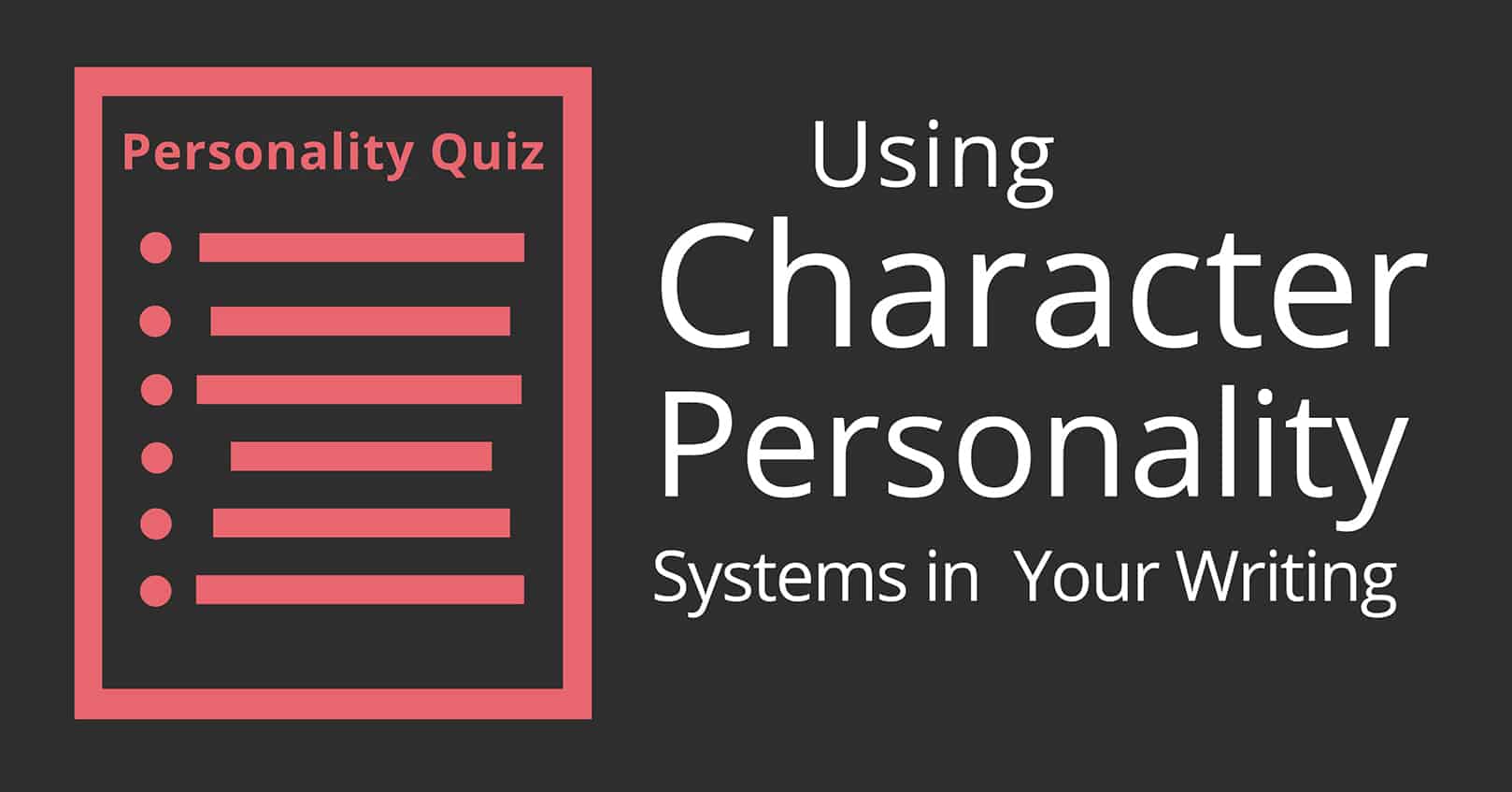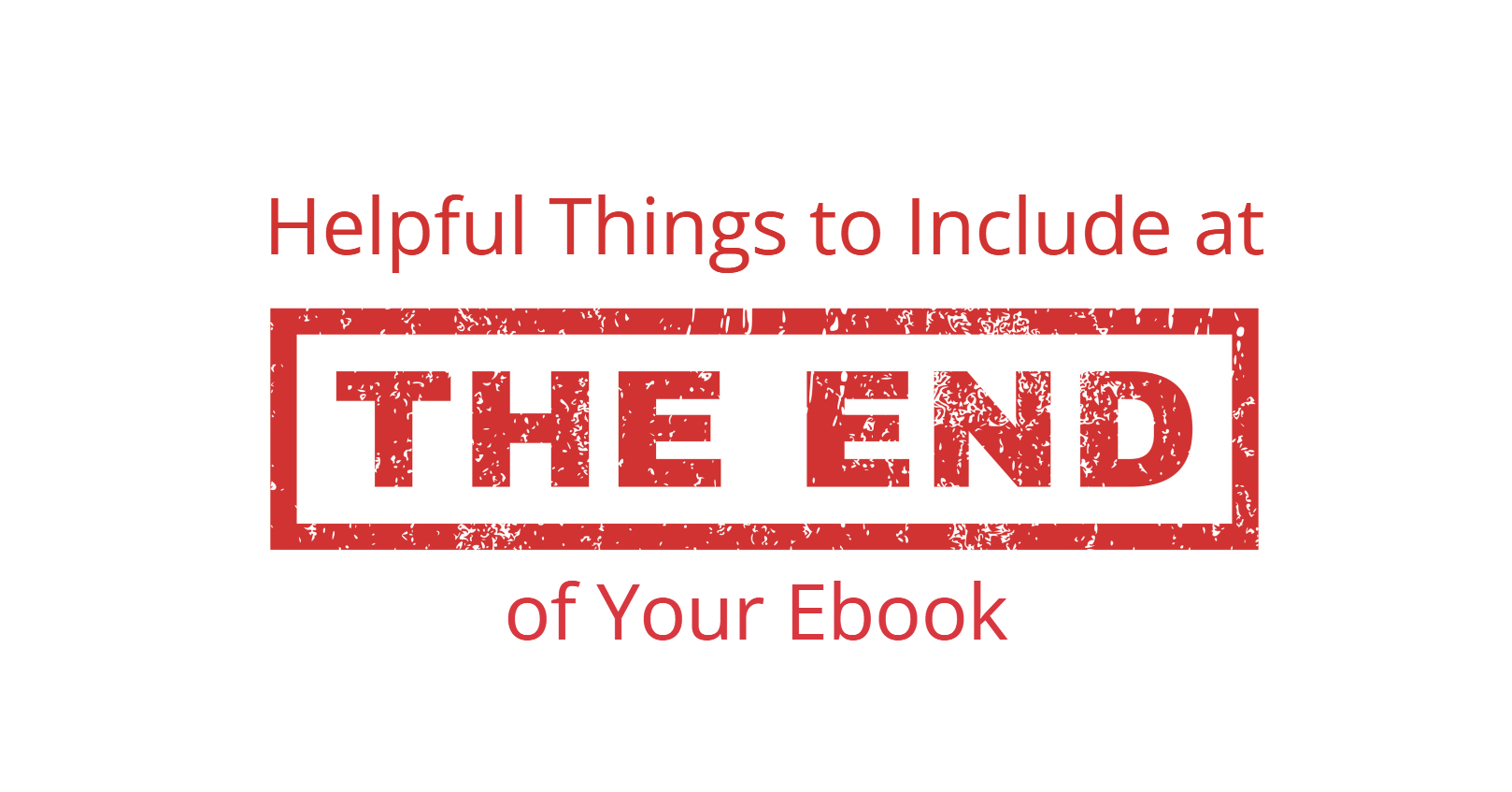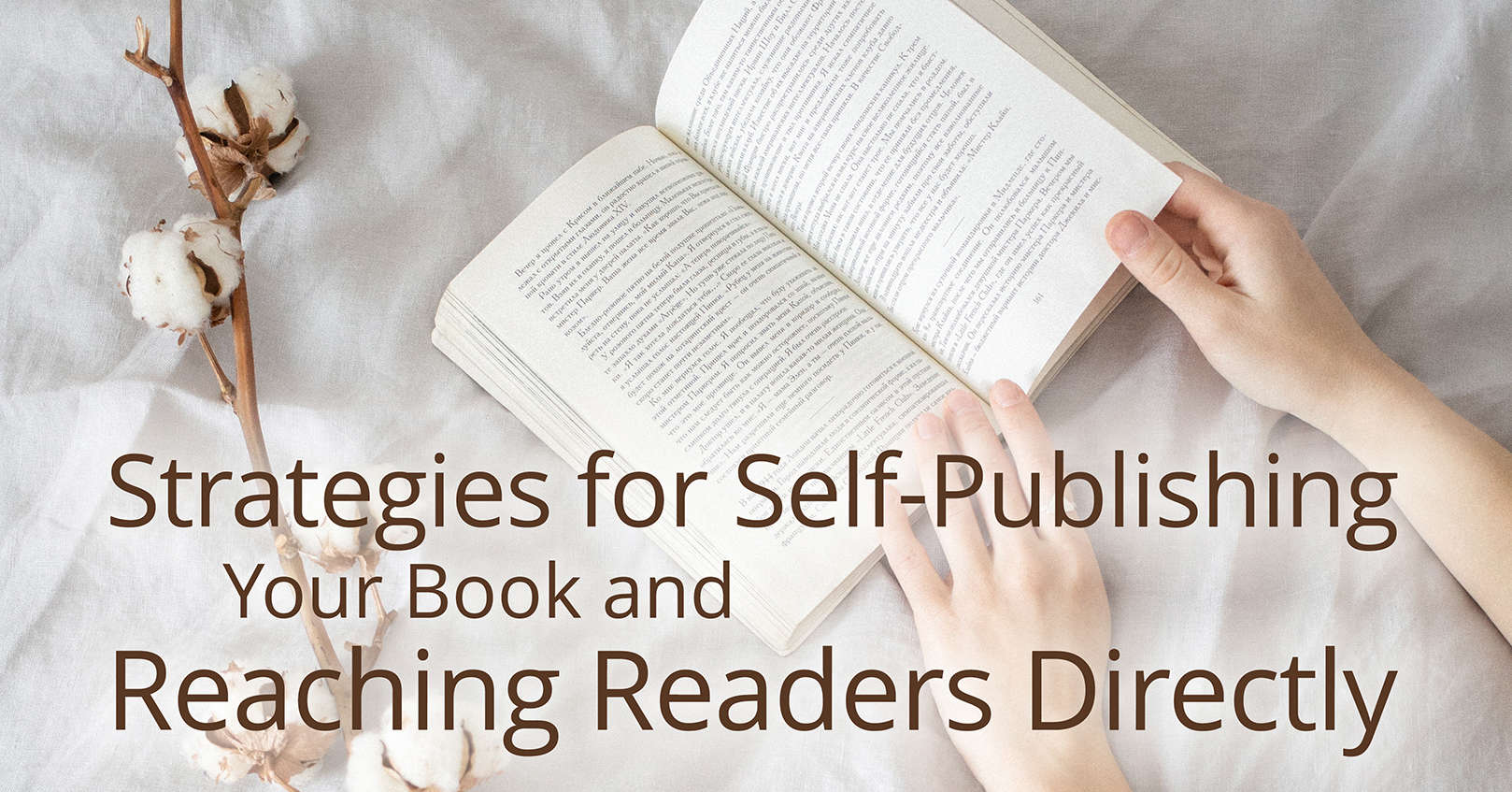
Has anyone asked you your MBTI type, and you had no idea what they were talking about? Or do you introduce yourself as an INFP-A, 9 wing 8, Capricorn, chaotic good Ravenclaw? Whether or not you define yourself using any of these systems, they have their uses in character creation. They can help you define your character’s flaws, strengths, motivations, interactions with others, ways they see the world, and more.
A character personality system predicts a person’s behavior. It provides a means of classification and comparison. Whether or not these systems work for real people, they are an excellent tool for character creation. Of course, like most writing advice, character personality systems are tools, not rules. Feel free to mix and match systems. Don’t force a character to fit a framework instead of letting them grow. Also keep in mind that this is a basic overview. These systems are complex with a lot of material, but you can learn as shallow or deep as you need to help you write.
Seven Reasons to Use Character Systems
- You can create consistent characters that think and react in predictable ways.
- Looking at the personality type of different characters can allow you to discover potential conflicts.
- Studying personality types will help you brainstorm your characters’ motivations. This is especially useful for villains.
- Using a character system can speed up your character creation process and make it easier to create a large number of nuanced characters.
- Assigning character types can help you include a variety of characters in your work, so they don’t all feel like the same person.
- Keeping track of a large cast of characters becomes easier, especially in a long-running series.
- You can compare your characters to popular characters from other works.
Available Character Personality Systems
Many different systems for classifying personalities exist. Two of the most popular are the Myers-Brigg Type Indicator (MBTI) and the enneagram system.
Myers-Brigg
The Myers-Brigg Type Indicator (MBTI) was invented by a mother-daughter team who applied principles of philosophy into a more readable form. The system has four (sometimes five) categories, and each one has two potential options:
I or E: Introvert vs. Extrovert (social interactions)
N or S: iNtrospective vs. Sensing (information and observation)
F or T: Feeling vs. Thinking (decision making)
P or J: Perceiving vs. Judging (structure)
From what I’ve seen on informal social media surveys, about 75% of writers are introverts, while at least 90% are iNtrospective over Sensing.
I used this system when creating my character Perrin from The Spectra Crown Tales. I knew that he had to be comfortable on his own for long periods of time, be observant, base his decisions on empathy, and be open to change. That made him an ISFP. Analysis from other websites gave me some other words that might describe him: spontaneous, artistic, charming, stressed, competitive, and independent. I compared this type with others from literature and found that he has a similar personality to Zuko from Avatar the Last Airbender, Harry Potter, Eragon, and Tyson from the Percy Jackson and the Olympians series—so as a young adult male protagonist, he’s in good company!
Enneagram
The enneagram system establishes nine different personality types and how they relate to one another. The information about each type establishes basic fears and desires, and how healthy and unhealthy individuals with this type might act. These can be incredibly useful for figuring out character motivations. This chart lays out the nine types and uses Disney princesses as an example:
# |
Name |
Fear |
Desire |
Disney Princess |
| 1 | Reformer | Being Wrong | Being Good | Elsa |
| 2 | Helper | Being Unwanted | Being Loved | Anna, Snow White |
| 3 | Achiever | Being Worthless | Being Valuable | Tiana |
| 4 | Individualist | Being Insignificant | Being Themself | Belle, Moana |
| 5 | Investigator | Being Helpless | Being Competent | Alice |
| 6 | Loyalist | Being Without Guidance | Being Secure | Mulan |
| 7 | Enthusiast | Being Deprived | Being Content | Rapunzel, Ariel |
| 8 | Challenger | Being Controlled | Being in Control | Merida, Jasmine |
| 9 | Peacemaker | Being in Conflict | Being at Peace | Pocahontas, Aurora |
I used this system when creating my character Norma Filaura from my DreamRovers trilogy. First I took a free quiz as though I were her. She came up as a type 4. Since she’s a middle child in a large family, it makes sense that she is afraid of being insignificant, and since she’s a teenager with a coming-of-age plot, her desire to find who she is as an individual makes sense. More research showed me how she might act at her best and her worst, and what her relationships with other characters might look like.
Other
Many other systems exist that could help you with character creation. I suggest sticking to one or two, but these might be a good fit, or a good way to help if you get stuck.
You might consider your character’s DnD alignment, which considers how they relate to laws and morality. You might assign them birthdays and use their zodiac signs. You can also give them one of the five love languages. When I wrote my Keita’s Wings series, I purposefully had the main couple speak to each other in each love language at least once, so that every reader would relate to them. You can even try out systems made by other authors, such as Hogwarts houses or Avatar: the Last Airbender bending elements. If you’re more familiar with one of these or another system, that may be a better route.
Characters should be complex and stand out from one another. The next time you’re creating one, consider using a personality system to help!
















Great article! Thanks so much for putting this together and sharing. I will be saving it for future reference.
Glad you enjoyed it.